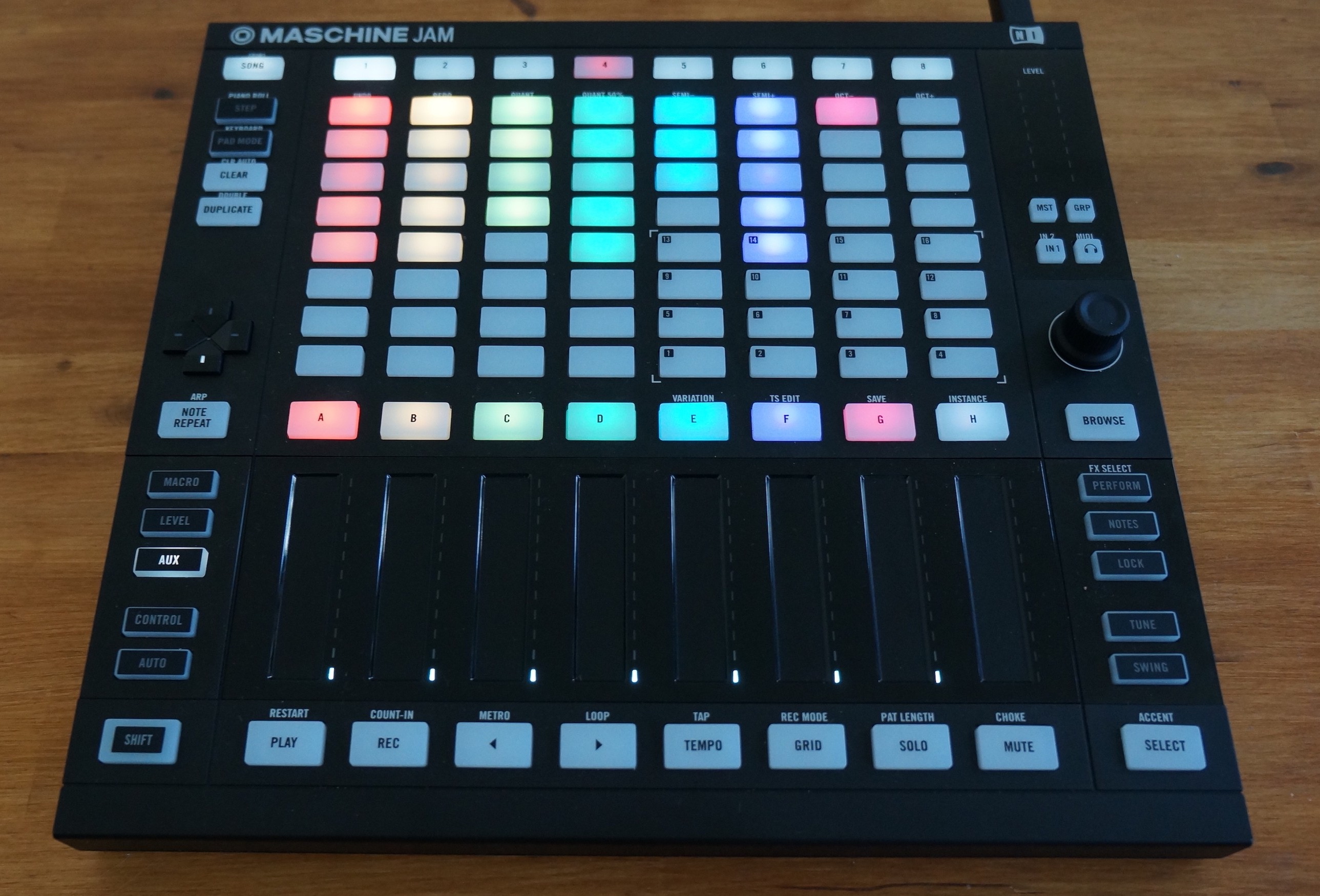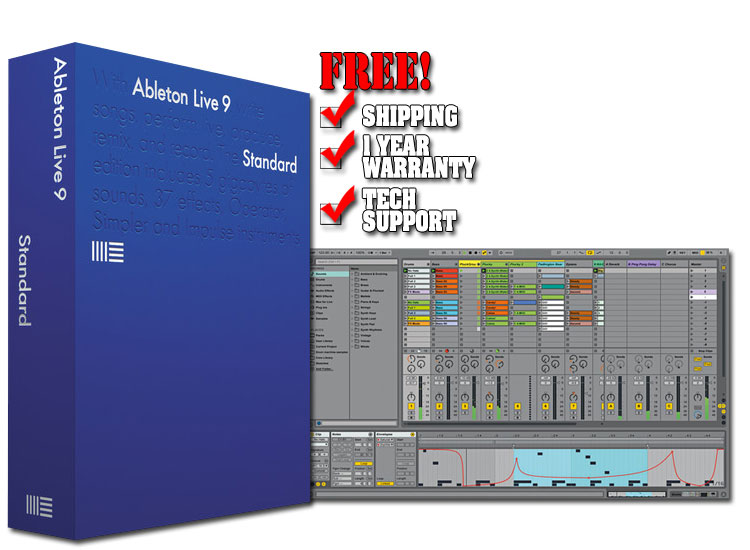

Use the Pan Knob to adjust the pan of the track, or adjust the volume using the Track Volume Slider to the right of the output levels. When disabled, no sound will come out of the track, but it will keep playing - think of this like a mute button.
#ABLETON LIVE 9.0.6 ACTIVATOR#
The Track Activator will enable or disable the track. To hear a preview, select Click to Preview from the bottom of the browser.ĭown in the mixer section, try playing around with the various controls. Clips are usually longer samples, but most of them won't preview when you click them. If you want something a bit more complex, select Clips from the Categories submenu. Most of these will be short sounds of people or instruments. You can use the cursor or the arrow keys to select a sample, and doing so will play a preview of it. Use the right side of the browser to search for some sounds you like - Ableton comes with lots of samples, and each version (Intro, Standard, and Suite) comes with a different selection. Open the Browser from the left hand side - it's time to find some sounds! Underneath Categories, select Samples. If you only have one track, you won't be able to delete it. You can delete tracks by right-clicking on the track title bar and selecting Delete, or by left-clicking the title bar and using your delete or backspace key. Go ahead and delete the two MIDI tracks and one audio track so you are left with one track. The default values are sufficient for now. Here you can enable or disable the track, adjust settings such as pan or gain, and route audio from or to nearly any other place. Underneath the clip slot is a mini control panel for each track. Each clip slot can contain one clip (a piece of or a whole song/sound).

You can right-click here to change the name and color of the track. The top of the track is known as the Track Title Bar.

Don't worry about these for now.Įach track has the same basic structure. These provide a route for processing audio and returning it back. These can play and record sounds from other devices (such as a microphone or other device), but they cannot generate any sounds on their own.įinally, there are Return Tracks. MIDI devices and tracks are covered comprehensively later on, but for now, think of them as a way of generating a sound, like a keyboard or guitar.Īudio tracks are the opposite of MIDI tracks. MIDI tracks can only accept MIDI instruments, and cannot play samples themselves. See the Fabrizio Poce site for details.Before you can make any music, you need to understand the difference between tracks. The package includes all formats and control surfaces. The J74 Volca Control package can be purchased for US $8 and comes in the form of Standalone (both Mac and Windows) and as Ableton Live / Max for Live plug-ins. Ableton Live 8 / M4L versions require Live 8.3 or higher + Max 5.1.9.Ableton Live 9 / M4L versions require Live 9.0.6 or higher + Max 6.1.x.
#ABLETON LIVE 9.0.6 MAC OSX#
#ABLETON LIVE 9.0.6 FOR MAC#
The devices come in the format of Standalone desktop applications for Mac and PC (integrating via MIDI communication to controllers and DAWs, with no additional license required) and in Ableton’s Live Max for Live format (integrating directly in Ableton Live, in this case a Max for Live license is required).


 0 kommentar(er)
0 kommentar(er)
